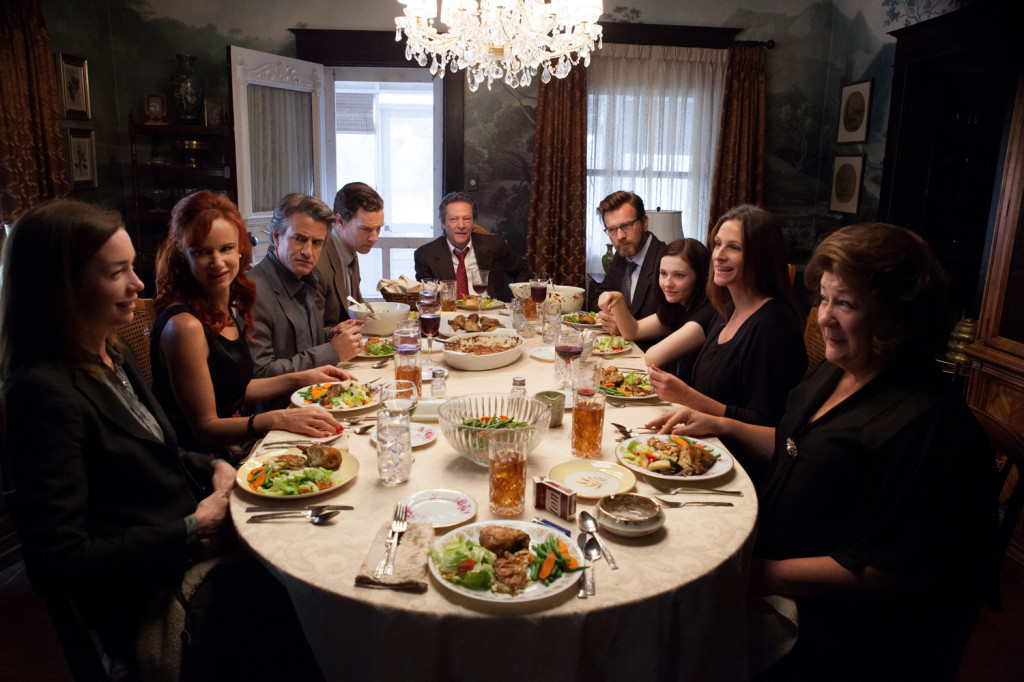
‘Cowboy Bebop’ goes where no Anime has gone since
By Adam Tatelman, Senior Columnist
5/5
In the wake of a planet-wide catastrophe, the people of Earth look to the stars for salvation. Space has indeed become the final frontier, and every settler is looking to make a buck however he can. Techno-cults and Triad-like criminals slink about behind the scenes of a cultural melting pot that spans the galaxy. A misfit collection of perpetually impoverished bounty hunters thrust together by happenstance struggle to make a living aboard their pitiful junker of a spaceship, stay one step ahead of their checkered pasts, and above all keep on flying.
No, it’s not Joss Whedon’s Firefly.However, many believe Shinichiro Watanabe’s Cowboy Bebop was an inspiration for that show. Premiering in the West on Toonami in the early 2000s, Cowboy Bebop has often been credited as the “gateway drug” for my generation’s love of Anime.
One thing that’s always made it difficult for me to enjoy Anime are the jarring tonal shifts. Depending on the show in question, a dinner table family dilemma might turn into a frantic ninja duel as if it were the most natural transition possible. Then along came Cowboy Bebop, majestically marrying a consistent tone with intermittent kung-fu battles, meditations on faith, space dogfights, crushing existential ennui, and magic mushrooms. Each episode tackles a different genre than the last, running the gamut from sci-fi to horror to crime thriller, yet always maintaining stylistic elements cribbed from Sergio Leone’s spaghetti westerns, John Woo’s heroic bloodshed, and 1950s film noir.
Yoko Kanno’s outstanding soundtrack goes a long way towards meshing everything together. Aside from the squealing jazz-club intro theme, each episode has a distinct and powerful musical mood that reflects its content. A few notes into the episode “Mushroom Samba” and you know exactly what you’re in for. Fittingly, the episodes are referred to as “sessions.”
So how does Cowboy Bebop produce a coherent whole through such myriad muses? Through the characters. Their most pressing issue is usually putting something semi-edible on the table, so the show always feels grounded. Meet Spike Spiegel, a former criminal with a lazy streak and a Bruce Lee-like philosophy; Jet Black, a grizzled ex-cop with questionable cooking skills who struggles to keep the crew in line; Faye Valentine, a seductive grifter with more debts than gambling sense; Edward, a prepubescent mad genius who can make encrypted computer code dance the kazatsky;and a Welsh Corgi named Ein. Each of these characters has something to hide, but the genius of the show is that we never find out the details.
The noir-esque flashbacks give us the broad strokes, but leave enough mystery to keep things interesting without ever feeling like a cop-out. I’d praise the quality performances of the English dubbers, but I’ll settle for saying that even subtitle purists are known to watch the dubbed version of this show. That alone should speak volumes.
It’s hard for me to say enough wonderful things about Cowboy Bebop. Despite its ridiculous title, it is one of the first Anime accepted in the West as a true work of art, and continues to inspire sci-fi writers to this very day. The series is available and reasonably priced on Blu-ray, so there’s really no reason not to give it a go if you’re even mildly interested in Anime.

